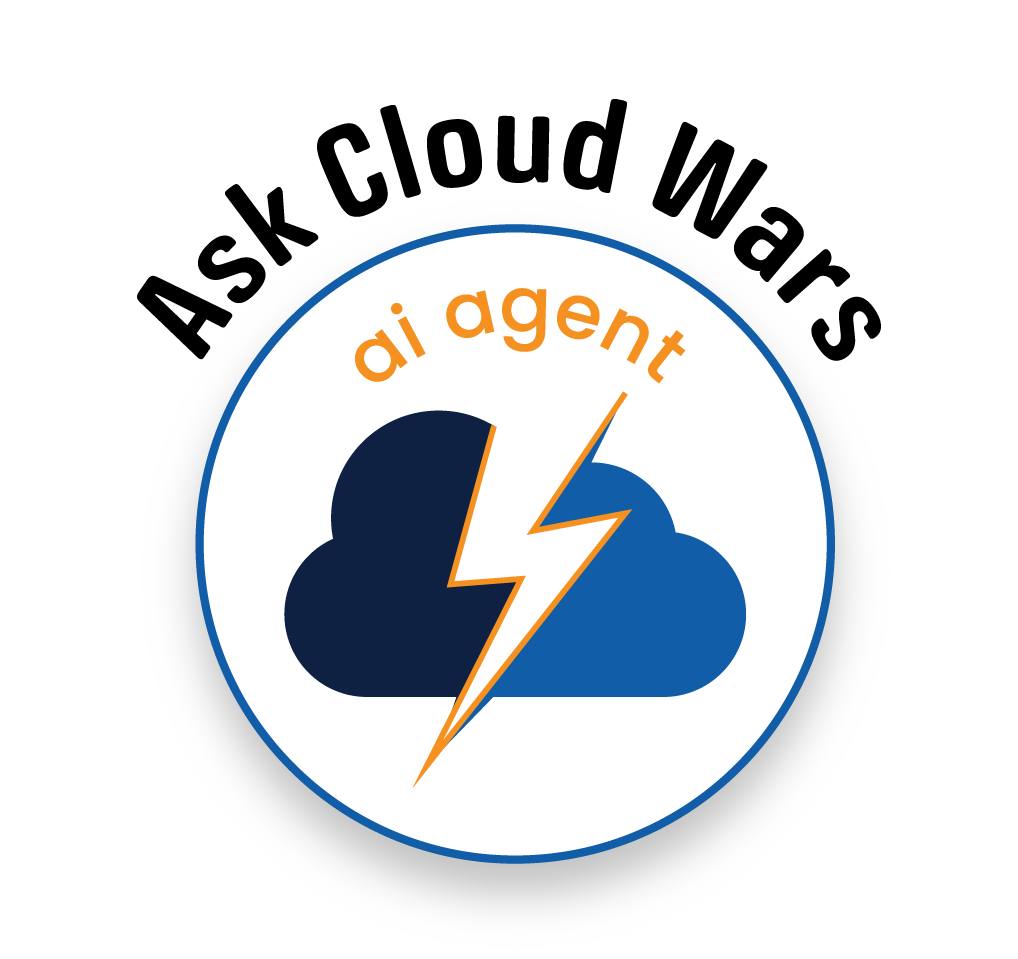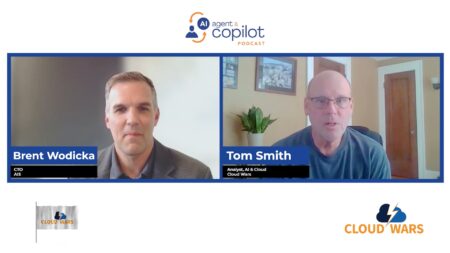In the Acceleration Economy Course “Process Mining in the GenAI Era,” Marlon Dumas, co-founder and chief product officer at Apromore, explains his company’s approach to making process mining technology accessible to the greatest number of users and how the company and its customers anticipate using generative AI. Dumas also shares his perspective on the future of this hot enterprise software sector.
Founded in 2019 as a commercial software company, Apromore initially developed open-source process optimization software in 2009 that was suitable for a broad range of use cases. The open-source model endured for 10 years before Dumas and the team transitioned and launched an enterprise software-as-a-service (SaaS) platform that supports process mining, process modeling, and simulation.

The company now brings that history, along with all the customer expertise it acquired, to bear in product functionality and market knowledge. “I think the key takeaway from all that history is that process mining has many different phases,” explains Dumas. “We learned the importance of combining process documentation, process modeling, and process mining with simulation to drive optimization.”
Through its experience, Apromore discovered ways to “combine” process mining with business disciplines such as Six Sigma, compliance, and more, he adds.
Digital Twins Dominate
Advances in process mining are allowing companies to build digital twins of their processes to monitor the performance of those processes while identifying potential issues and corrective actions. Digital twins created in the Apromore system enable customers to simulate complex processes electronically and run what-if scenarios so decision-makers can understand the impact of process changes, Dumas says.
“When we started pushing this topic in 2020, we thought it would take five years plus to get to the point where clients would be convinced that they can trust the simulation model discovered from the data or this digital twin to test different actions and let those outputs inform their decisions,” says Dumas.
“Fast-forward two years, and we had some of our Fortune 500 customers using the digital twin technology to generate digital twins out of business processes with 300 to 500 different activity types with all sorts of connections.”
Today, around 60% of Apromore’s customers actively use its digital twin features. What sets Apromore’s approach apart is the level of detail customers can drill into, as well as the scalability to support hundreds of activities and connections.
Creating a digital twin using Apromore’s simulation capabilities is relatively quick and straightforward. Beyond this, Apromore has drawn on years of experience and experimentation to enable customers to capture a wide range of use case types and embed that acquired knowledge into its digital twin to support highly detailed, scalable analyses.
Apromore’s root cause analysis and predictive analysis tools are other key differentiators. Dumas notes that root cause analysis features alone aren’t a big differentiator. “It’s the level of detail at which we have pushed it in terms of being able to analyze complex sets of features, of characteristics of the process, to dig out the particular types of cases that are causing the largest amount of pain with respect to a given KPI [key performance indicator].”
Ask Cloud Wars AI Agent about this analysis
Regarding predictive process monitoring, he notes, “It took us quite a lot of confrontation with real-world scenarios to understand that the key thing about predictive process monitoring was to make it accessible, to make it incredibly simple for users to try.” This ease of use has made it possible for users to present and review predictions within their dashboards with a few clicks.
Customers of process mining — and enterprise software vendors — are laser-focused on time to value from tech investments. Dumas cites Apromore’s no-code architecture as a core driver when it comes to delivering rapid time to value. “[It] enables business teams to do the whole journey from data to insight,” he says. “We can reduce what will be weeks, because of interactions between business and IT, to days in some cases.”
GenAI Impact
GenAI is a central topic of the process mining course — as it is with process mining technology broadly. Asked how GenAI fits into Apromore’s product vision and how its platform will evolve, Dumas says that prior to GenAI, process mining had been largely focused on discovery functions. The most significant potential impact of GenAI is to help customers better connect the dots between the issues identified and how they can be improved.
“Our bet is that generative AI will allow us to have a much more structured and comprehensive approach to redesigning the process, taking into account all the constraints within the organization, all the existing policies, all the existing internal regulations or external regulations,” he continues.
Apromore currently has a GenAI co-pilot in beta mode. The company is looking to make the product generally available in the latter half of 2024 as they are continuing to experiment with the evolving capabilities of large language models and taking a disciplined approach.
That said, Apromore has already enabled the widespread adoption of its technology through a focus on what it calls “citizen process mining” driven by its no-code architecture. Dumas explained how GenAI aligns with this vision.
“Where we see the biggest value of GenAI as a way of enabling no-code is actually on the simulation end,” he says. While current simulation is very powerful, it requires a deep understanding of business drivers to determine what should be tested, as well as a deep understanding of statistics, probability theories, and other disciplines related to simulation. “That is where I think GenAI is extending the scope of the no-code process mining vision,” by making simulation insights more easily accessible, he says.
The Future of Process Mining
One evolving use case for process mining that Dumas anticipates gaining even greater traction is compliance, particularly in highly regulated industries including healthcare, banking, and insurance. “We thought that we had done what we could in the field of compliance, but we see more and more receptiveness to process mining compliance and more and more organizations that are no longer seeing compliance as a tickbox or as an auditing issue but as an integral part of their strategy.”
Dumas concluded the discussion with his predictions for the future of process mining technology. “Process mining is being challenged at the moment by many organizations to expand in the realm of operational intelligence,” he says, explaining that operational management leaders also want to be able to use process mining.
“I predict that in two years’ time, the traditional line between process mining as a tactical optimization tool and more operational intelligence, dashboarding tools, for operational optimizations are going to merge, and we’re going to have a convergence of operational intelligence with process mining.”
— Tom Smith contributed to this analysis.











